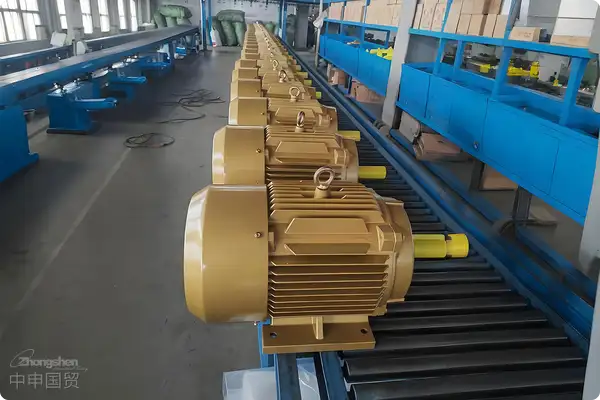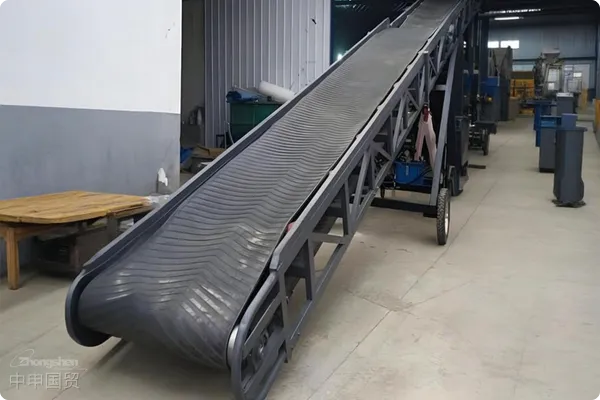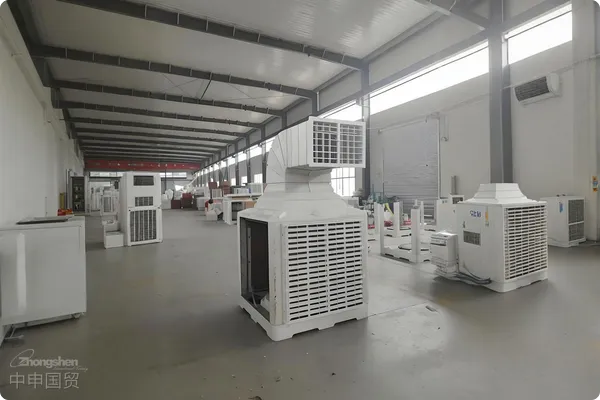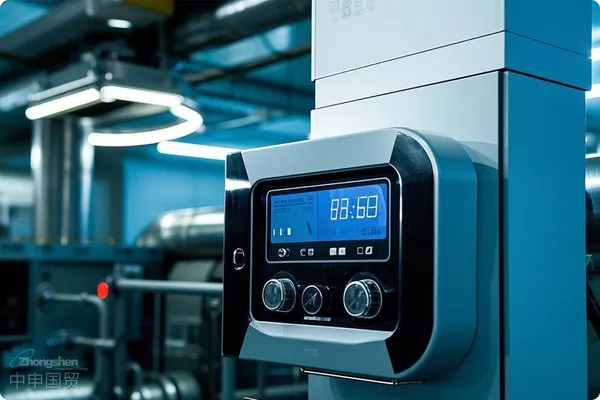- Shanghai Zhongshen International Trade Co., Ltd. - Two decades of trade agency expertise.
- Service Hotline: 139 1787 2118
Regarding the management of imported used electromechanical products, with the increase of quality, safety, health and environmental protection risks, the customs has adopted a series of strict inspection and supervision measures. This article aims to conduct an in - depth analysis through a case of false declaration of used electromechanical products, helping enterprises understand the identification standards of used electromechanical products, the scope of legally inspected commodities, and the customs supervision requirements, so as to guide enterprises to declare in a standardized manner and avoid unnecessary risks.
Case Overview
In September 2021, Company A declared the import of a batch of valves/relief valves (commodity code 84814000) to Customs B without declaring them as used mechanical and electrical products. However, during inspection, Customs B found that the materials of the goods appeared aged and suspected them to be used mechanical and electrical products. In response, Company A defended itself, claiming that the products were unused and new, with the aged appearance due to prolonged storage and oxidation wear on the aluminum surface, showing no signs of actual use. However, upon reviewing the relevant documents, Customs B discovered that the production date of the goods was 2000, with a quality guarantee period of 15 years, thus classifying them as used mechanical and electrical products. Although the products were not subject to licensing management, Customs B penalized Company A in accordance with the ,import and exportRegulations for the Implementation of the Commodity Inspection Law.
Problem Analysis and Evaluation
Why would unused machinery be classified as used mechanical and electrical products?
According to the definition in the Measures for the Inspection and Supervision of Imported Used Mechanical and Electrical Products, used mechanical and electrical products include those under any of the following circumstances: (1) those that have been used but still retain basic functionality and certain usability; (2) those that are unused but have exceeded their quality guarantee period; (3) those that are unused but have been stored for an extended period, resulting in noticeable physical wear and tear; (4) those with mixed new and used components; (5) those that have been refurbished. Clearly, even if unused, mechanical and electrical products that exceed their quality guarantee period or exhibit significant wear and tear will be classified as used. Therefore, the goods in this case, although unused, had exceeded their quality guarantee period and should have been declared, inspected, and regulated as used mechanical and electrical products.
Are all used mechanical and electrical products subject to statutory inspection?
According to the Regulations for the Implementation of the Commodity Inspection Law, two categories of goods fall under statutory inspection: those listed in the catalog of import and export goods subject to inspection published by customs, and those required by laws or administrative regulations to undergo inspection. For used mechanical and electrical products, customs must inspect them, with pre-shipment inspection required for high-risk imports involving high value, personal safety, health, or environmental protection.
What are the inspection and supervision requirements for imported used mechanical and electrical products?
Customs adopts differentiated inspection and supervision models for used mechanical and electrical products based on their specific circumstances. According to the announcement, prohibited imports, used mechanical and electrical products requiring pre-shipment inspection, and those not listed in the announcement are subject to varying inspection and supervision requirements. In special cases such as repair and re-import, temporary export and re-import, export return and re-import, and domestic transfer and re-import, customs only supervises without inspection.
Could Customs B penalize Company A?
In this case, although the commodity code of the goods was not listed in the Catalog, it was included in the Catalog of Imported Used Mechanical and Electrical Products Subject to Inspection and Supervision under Announcement No. 145, making it subject to statutory inspection, including port inspection and destination inspection. Company As assumption that statutory inspection goods were equivalent to Catalog goods lacked legal basis. By failing to truthfully declare the goods for inspection, Company A violated the Regulations for the Implementation of the Commodity Inspection Law, justifying Customs Bs administrative penalty.
Legal Implications
Article 4 of the Regulations for the Implementation of the Commodity Inspection Law stipulates that entry-exit inspection and quarantine authorities inspect import and export goods listed in the catalog and other goods required by laws or administrative regulations to undergo inspection. Therefore, statutory inspection goods include not only those listed in the Catalog of Import and Export Goods Subject to Inspection and Quarantine by Entry-Exit Inspection and Quarantine Authorities but also hazardous chemicals, used mechanical and electrical products, mandatory certification goods, and others specified by laws or administrative regulations.
In summary, this case highlights the importance of strict management and supervision of imported used mechanical and electrical products. This helps mitigate potential risks related to quality, safety, health, and environmental protection while ensuring fair market competition. It also serves as a reminder for companies to declare goods truthfully to avoid unnecessary legal risks.
Related Recommendations
Category case
Contact Us
Email: service@sh-zhongshen.com
Related Recommendations
Contact via WeChat

? 2025. All Rights Reserved. 滬ICP備2023007705號-2  PSB Record: Shanghai No.31011502009912
PSB Record: Shanghai No.31011502009912









